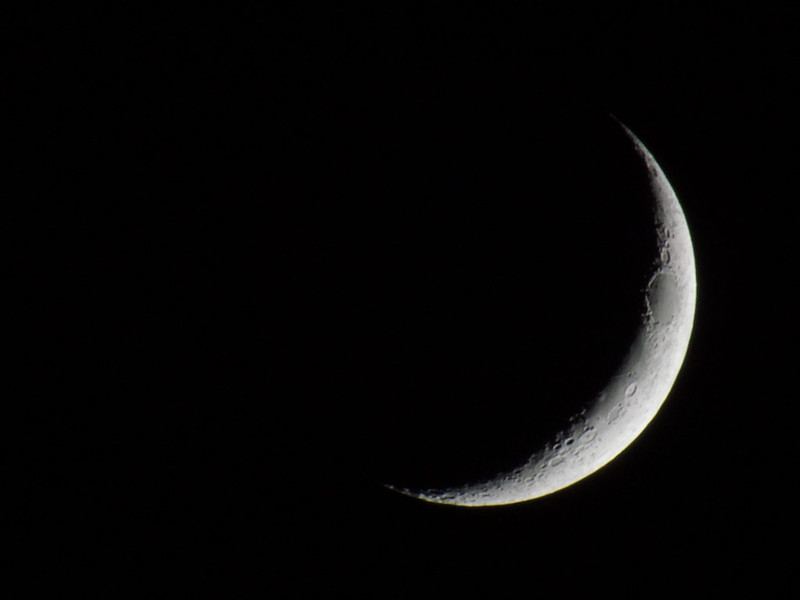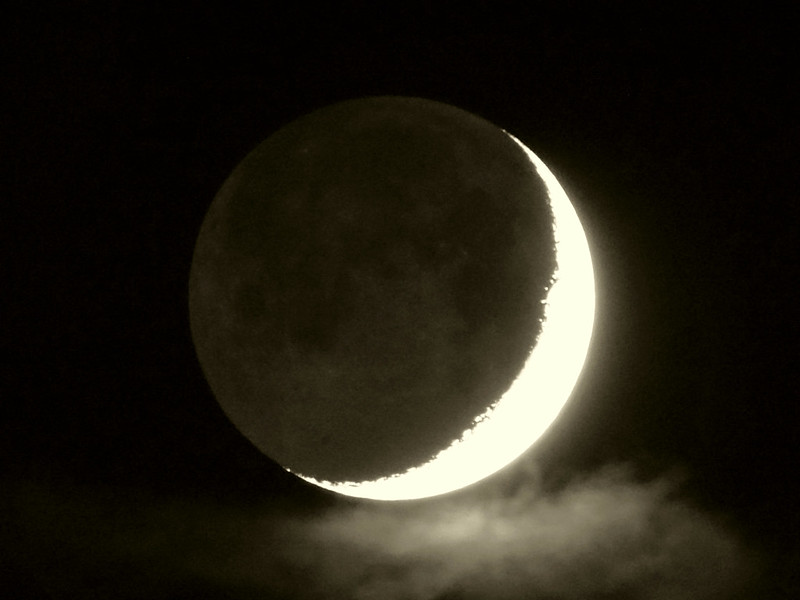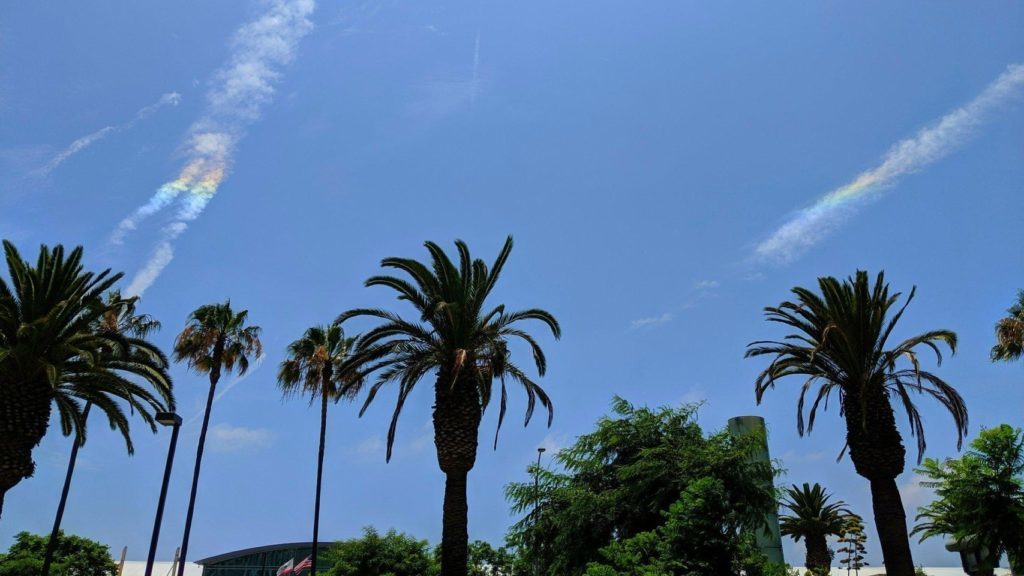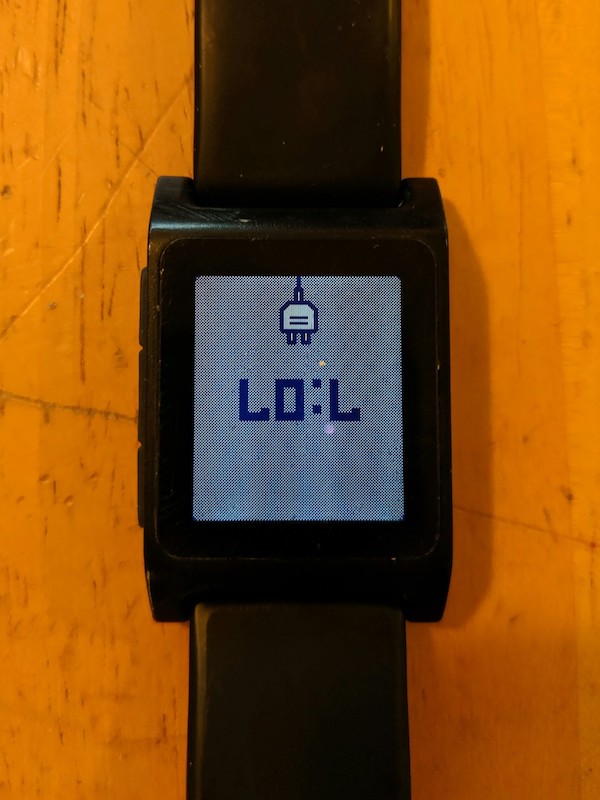Have you ever been to a Las Vegas casino? The main floors tend toward sprawling layouts, with lots of shiny distractions to entice you to stay and spend more time and money on the slots instead of helping you get where you’re going. That’s what Twitter’s new layout feels like.
When Twitter started out, the home timeline would just show me posts from people I followed. Now it also shows me
- Posts they liked, but didn’t like enough to retweet.
- Posts from people they follow.
- A “Who to follow” box that I can’t seem to get rid of, which is also on the sidebar.
- Advertisements – I mean “Promoted” tweets.
I get that ads are the business model they’ve chosen, but what’s with the rest of it? It’s not like I’m going to get bored if I don’t have more suggestions shoveled in front of me.
And I am going to get frustrated if I can’t find the stuff I’m actually looking for. Let’s think back for a moment to the early 2000s, back when there were a lot of different competing search engines. Google won not just because it was fast and accurate, but because it had a simple, fast-loading, no-nonsense home page while everyone else was trying to cram everything imaginable onto a “web portal.”
With that in mind, let’s look at what happens when we look at a specific post. The logical thing to do would be to show you tweet itself and the context around it: If it’s part of a thread, show the rest of the thread. If it’s part of a discussion, show the discussion. And that’s how Twitter used to work. But now you have to click through another link to see that context, and instead it wants to show you “Tweets from people like so-and-so.” How is that a useful default?
It’s like going to a page in a book and finding not the previous and next pages, but ads for other books.
I actually do like the two-click retweet button functionality, where you click and get a menu asking if you want to retweet by itself or quote-tweet it. Normally a two-item pop-up menu is a terrible idea for usability, but this is a case where introducing some friction in the process might give people a chance to consider what they’re doing.
But the rest of it feels like they’re desperately throwing everything they can think of at me in hopes of broadening my engagement with the site. And that reaches a point of diminishing returns. When you can’t use the site for what you’re trying to do, it ends up making you much less interested in coming back.
I wish I could use TweetDeck on my phone.
It would be simpler.







